Hormone testing has long been a source of controversy in sports. Female athletes are tested for hormonal and genetic 'defects' to ensure athletes do not have an ‘unfair advantage’ over one another. Not only is it misogynistic; it is also unfair.
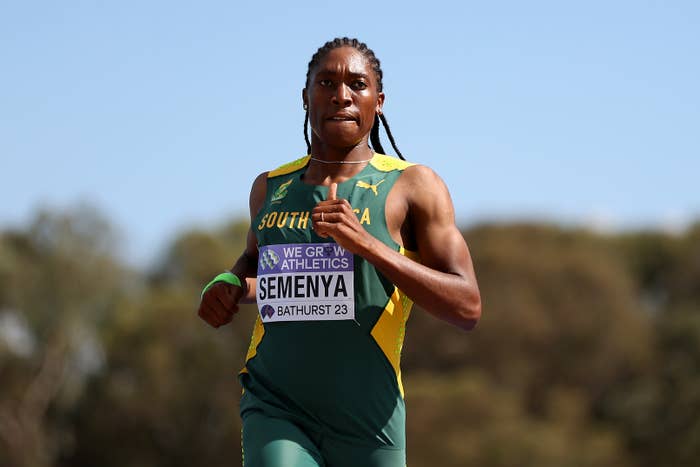
After being back in the news again last week, I decided to do a deep dive into why these tests exist in the first place, and what their impact has been. I found 11 facts that might make you cock your head to the side and go, "why?!"
A note: the terms 'sex' and 'gender' have been used interchangeably to indicate that historically, efforts were made by institutions to prove that both were the same thing. Research has, time and again, told us that they are not. With this in mind, let's go.
1. In 1946, the International Amateur Athletic Federation (IAAF) officially began a 'femininity check' to rule out foul play in sports events.
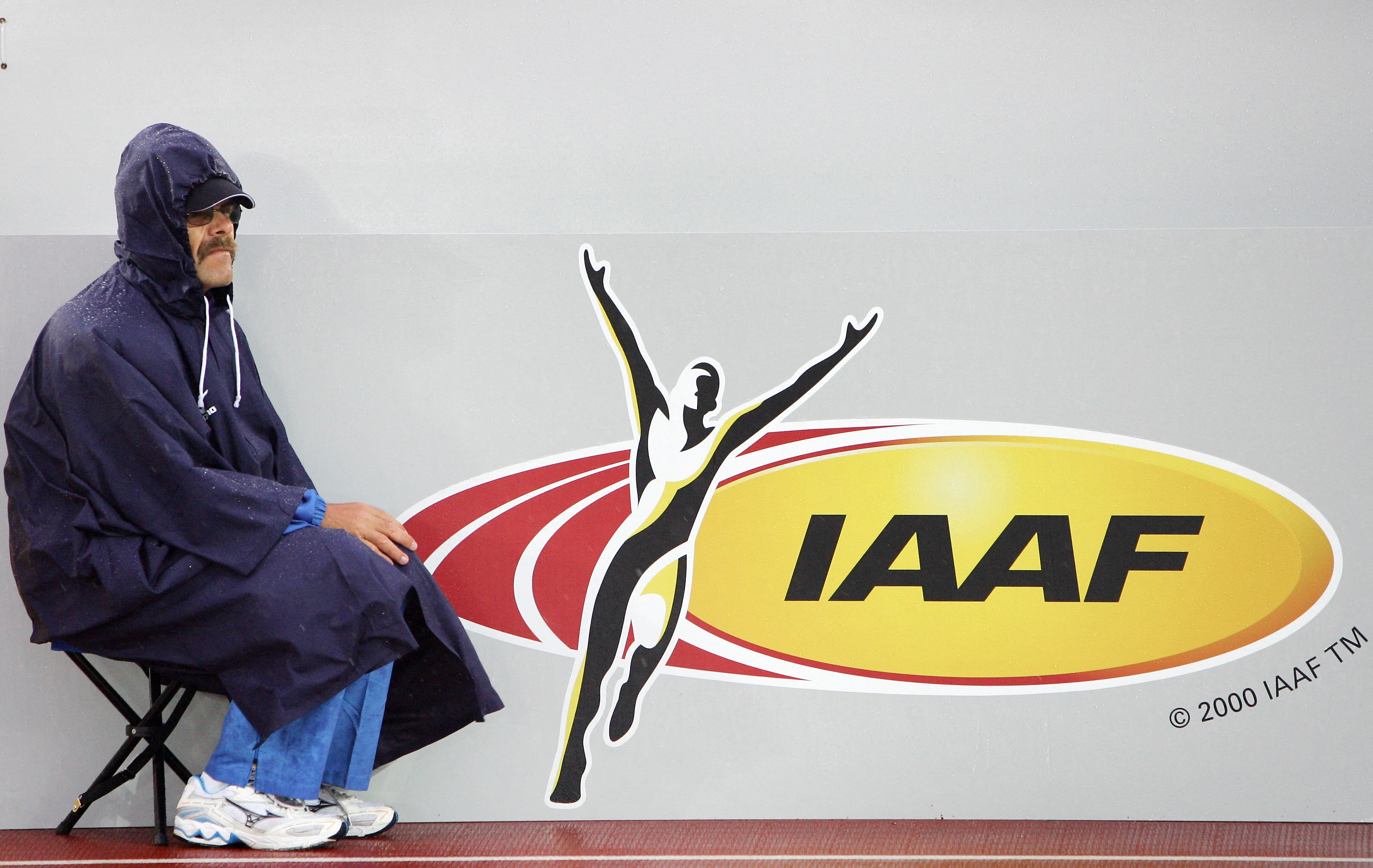
2. Dora Ratjen, a 1936 Olympic Gold winner, was incorrectly outed as a man, Heinrich Ratjen. But he later claimed that he was forced to compete as a woman by the Nazis in order to win more medals for Germany.

3. The first gender ‘frauds’ in international sport were identified as a British shot putter, and a Czechoslovakian runner.
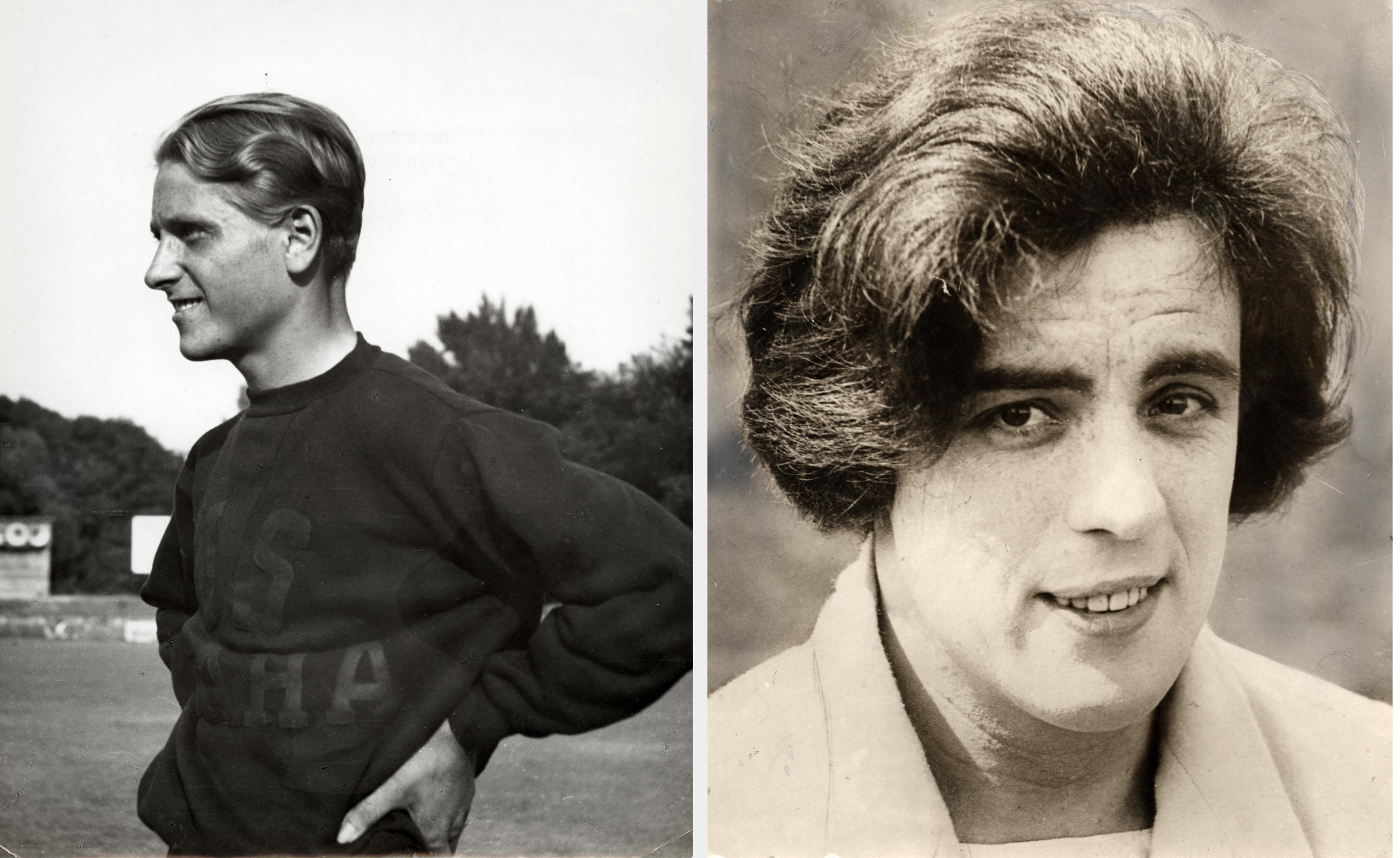
4. The first 'scientific' sex tests, called 'nude parades', were introduced in 1966, where a panel of female doctors would examine the athletes' genitals and secondary sex characteristics.

5. From the late 1960s to the 1990s, female athletes were tested on the basis of genetics—and given femininity certificates.
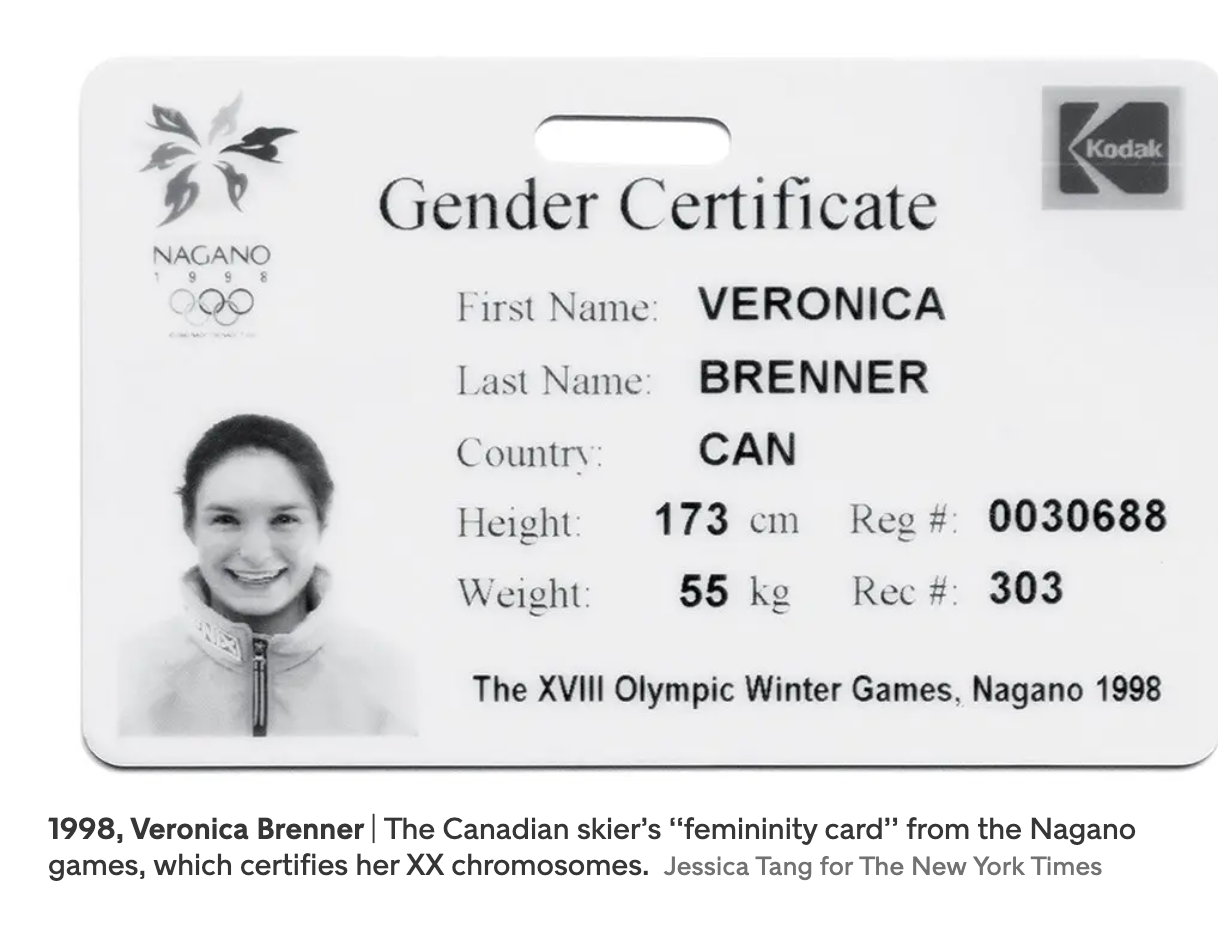
6. A Spanish hurdler, Maria José Martínez Patiño, was the first athlete to formally protest the chromosome test, which was adopted after the sex tests of the 60s.
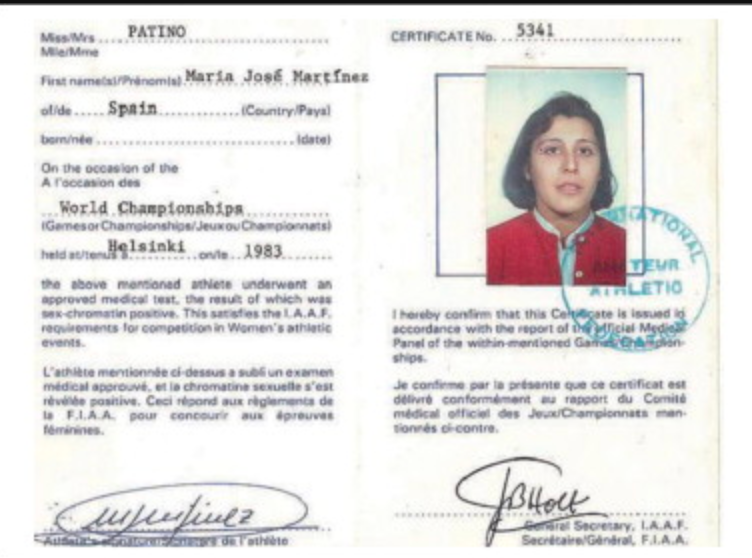
7. Princess Anne was excused from the gender test at the 1976 Montreal Olympics.
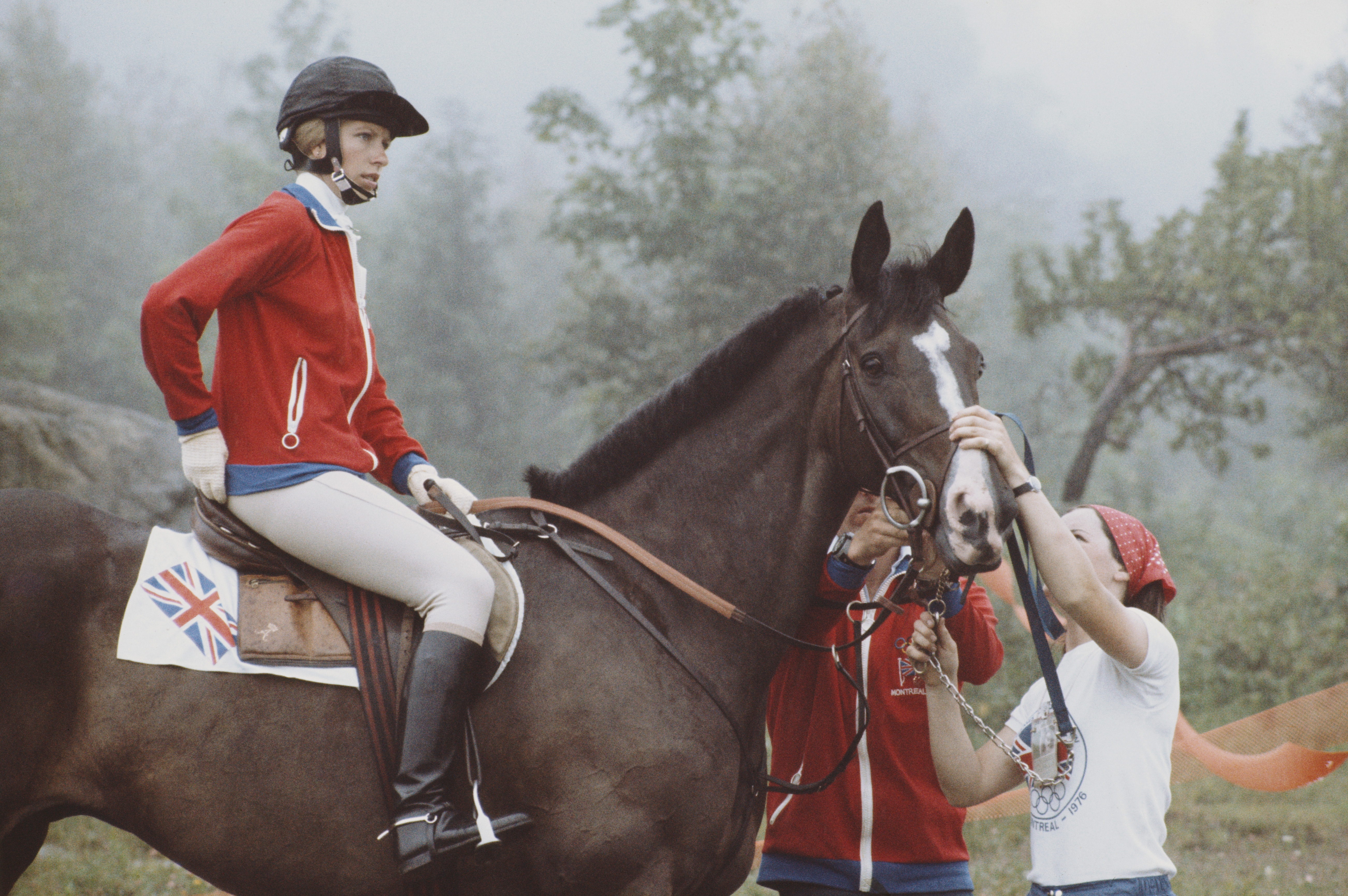
8. In 1992, the IAAF removed all forms of gender verification in favor of doping tests.
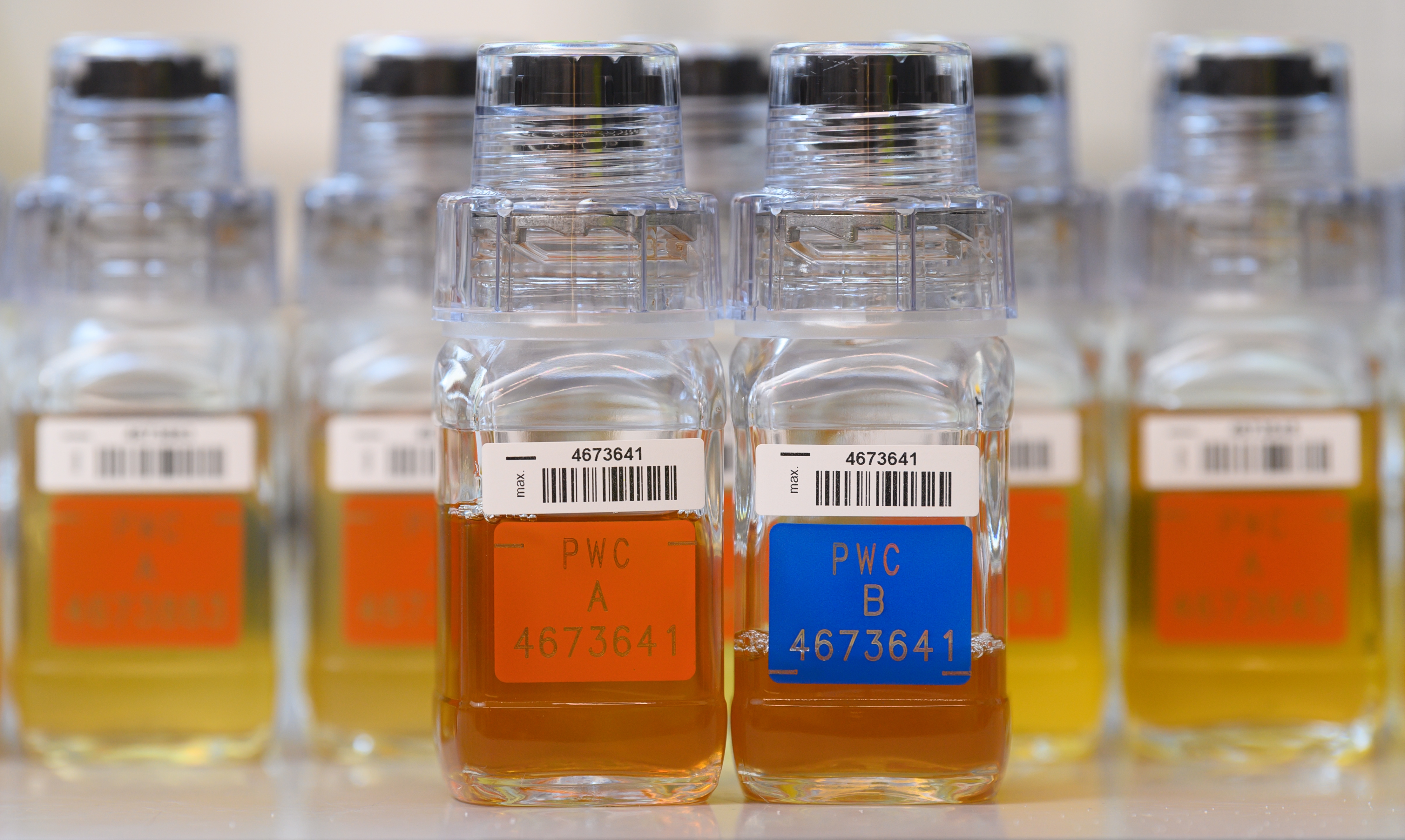
9. A failed sex verification test drove Santhi Soundarajan, the first Indian athlete to undergo a sex verification test, to the verge of suicide—showcasing the devastating effect of these tests on female athletes.
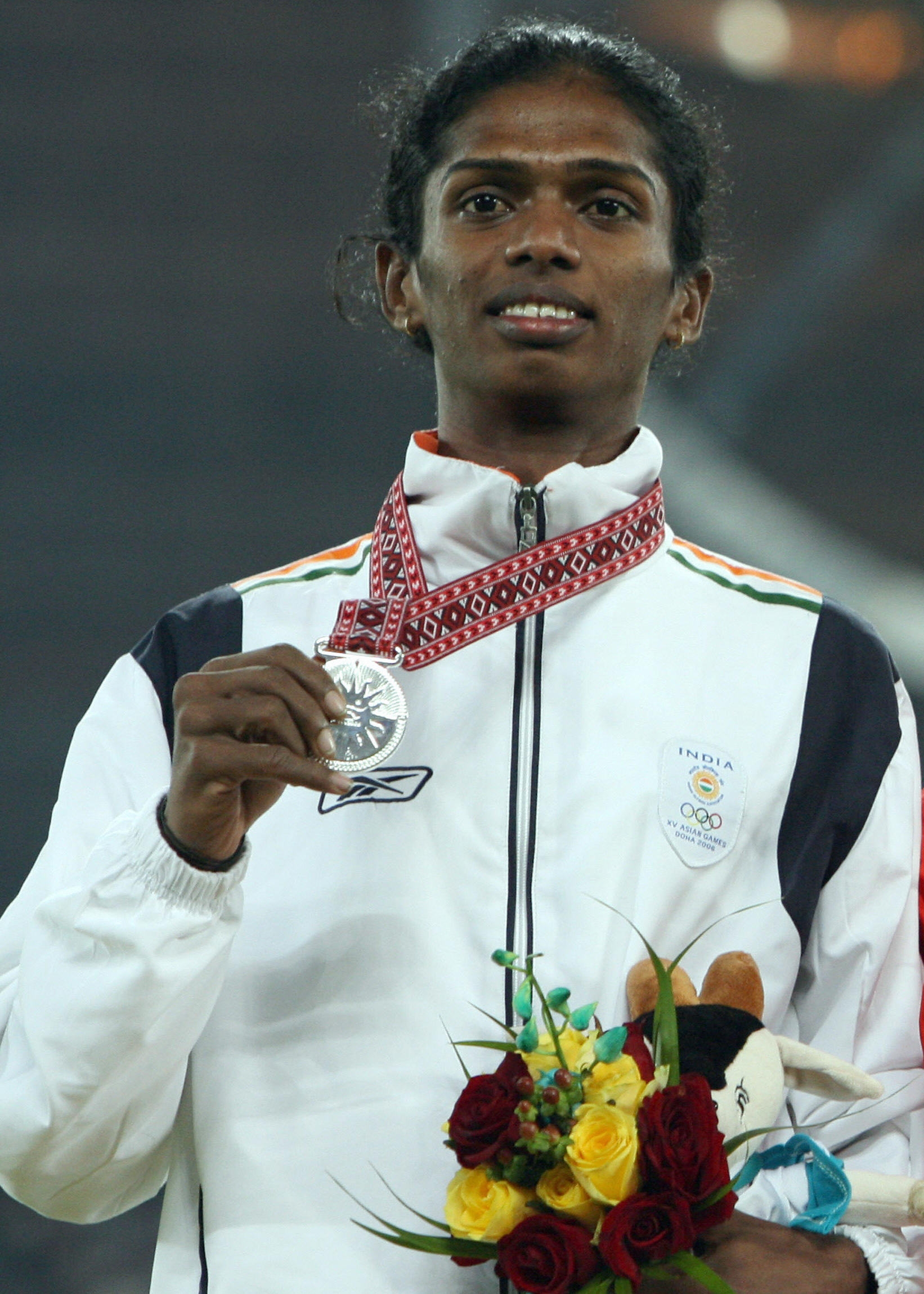
10. In a landmark ruling, Indian sprinter Dutee Chand's case against the IAAF showed how flawed these hormone tests truly were.
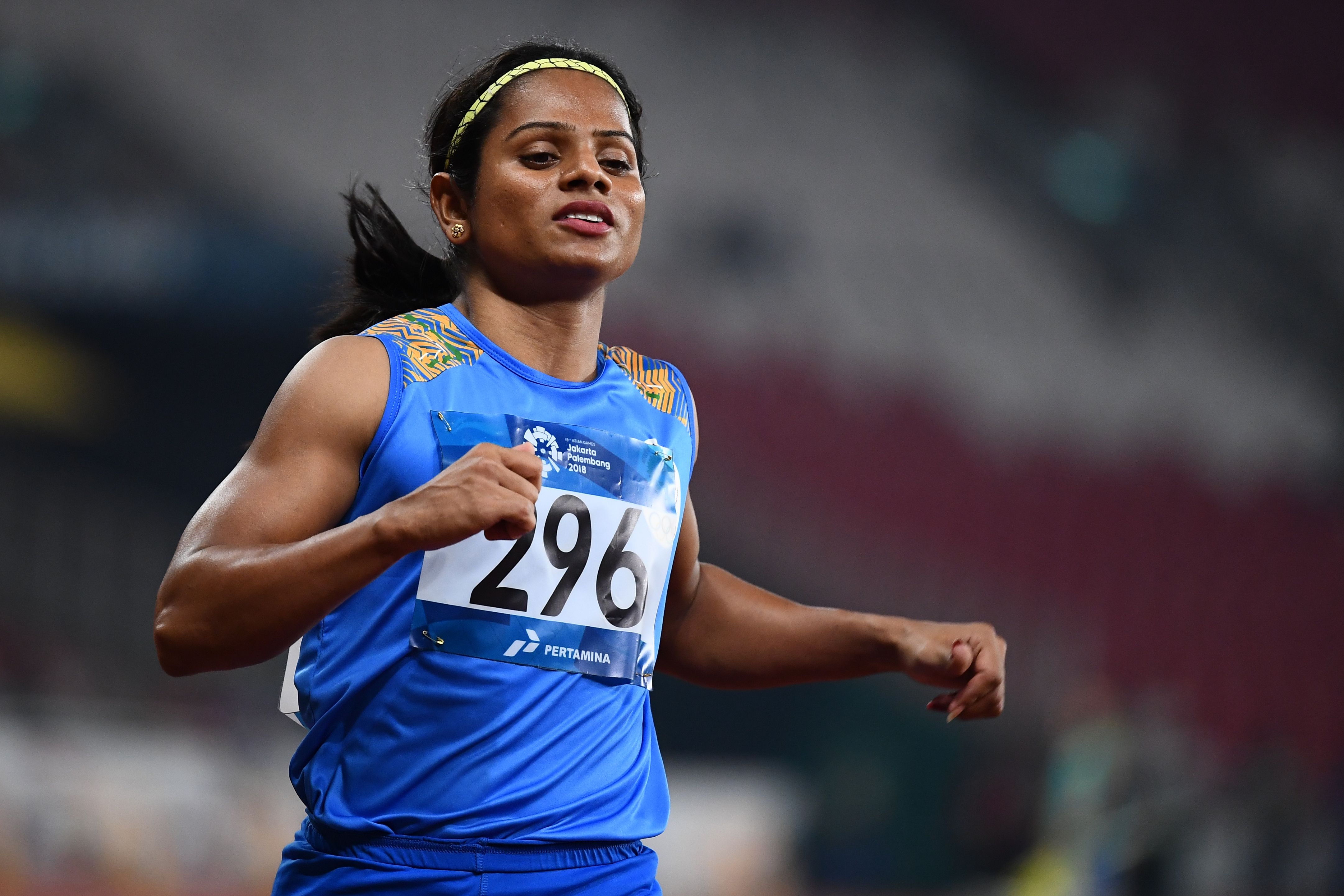
11. And finally: despite the supposed concerns about 'fairness' in sport, no case of males impersonating females has been identified.
Surprised? Not me.
If you have suicidal thoughts or know someone in distress, please reach out. You can speak to someone by calling AASRA’s 24x7 helpline at +91 98204 66726. Alternatively, you can call these numbers of other local helplines, emergency services, and mental health organisations.
